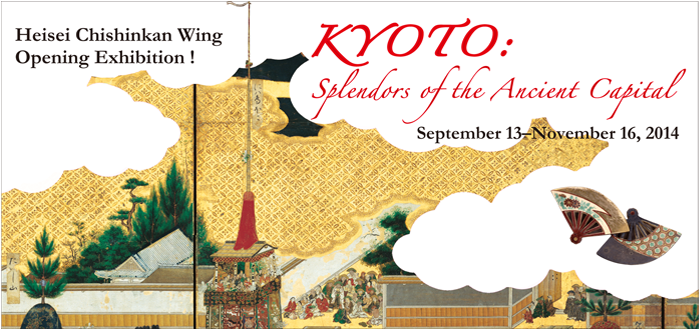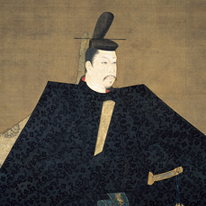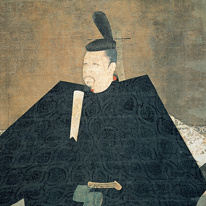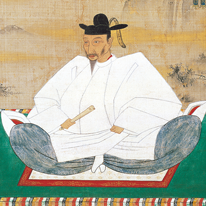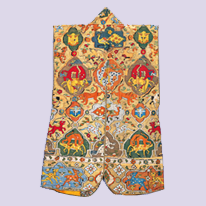General Information
| Exhibition Title | Kyoto: Splendors of the Ancient Capital Details here |
|---|---|
| Period | September 13 to November 16, 2014 |
| Venue | Heisei Chishinkan Wing (The Collections Galleries) |
| Transportation | JR, Kintetsu Railway, Keihan Railway, Hankyu Railway, City Bus / Map |
| Closed | Closed on Monday *When Monday is a national holiday, the museum will be opened on Monday and closed on Tuesday. |
| Museum Hours | 9:30 a.m.-5:00 p.m. (Entrance Until 4:30 p.m.) *During the special exhibition, these hours are extended until 6:00 p.m. Tuesday-Thursday, Saturday, and Sunday, and until 8:00 p.m. on Fridays. Admission ends thirty minutes before closing time. |
| Admission |
Adult \520 (\410) Univ. Student \260 (\210) (Fees in parentheses are for groups of 20+) *Admission is free for youths of high school age and below. *These fees are for admission to the Collections Galleries only. Special Exhibitions require different admission fees, which include admission to the Collections Galleries. |
| Organized by | Kyoto National Museum |
| Supported by | The Asahi Shimbun Company, The Kyoto Shimbun Newspaper Co.,Ltd., The Sankei Shimbun, Nikkei Inc., THE MAINICHI NEWSPAPERS, THE YOMIURI SHIMBUN, NHK Kyoto Mainichi Broadcasting System, Inc., tv asahi, Television Osaka Inc., Kansai Telecasting Corporation, YOMIURI TELECASTING CORPORATION, Kyoto Broadcasting System Company Limited |
Images from the Exhibit
After five years of construction, the long-awaited new wing of the Kyoto National Museum, the Heisei Chishinkan, opens to the public on September 13, 2014. In celebration of this new era in its history, the museum will hold a once-in-a-lifetime commemorative exhibition entitled Kyoto: Splendors of the Ancient Capital, Parts I and II.
Kyoto was the capital of Japan for over a thousand years, beginning in the Heian period (794-1185). It was also a fountainhead of Japanese culture throughout Japanese history. From Kyoto came the elaborate aesthetics and refined traditions of emperors and courtiers; the powerful and ethereal tastes of the shoguns, as represented by the Kitayama and Higashiyama cultures; the resplendent Momoyama culture, reflecting the idiosyncrasies of ruler Toyotomi Hideyoshi (1537-1598); and the culture of Kyoto's merchants, influenced by the colorful lives of the townspeople. These cultural spheres in each period did not emerge independently but developed, to a greater or lesser extent, out of traditions inherited from previous generations. In this regard, such cultural developments are perhaps best regarded as part of a single large tree of "Kyoto culture."
Museum visitors will be able to access the essence of Kyoto culture through the exhibition Kyoto: Splendors of the Ancient Capital, presenting approximately four hundred works of art in two installments. The exhibition showcases the most significant masterpieces from the Kyoto National Museum's collections of paintings, calligraphy, sculpture, decorative arts, and archaeological artifacts, including 50 National Treasures and over 110 Important Cultural Properties. This exhibition, unparalleled in the history of the Kyoto National Museum, will fill the elegant new galleries with treasures epitomizing the culture of the ancient capital.
I. Portraiture (Sept. 13 - Oct. 13, 2014)
The Buddhist temples and Shinto shrines of Kyoto--the early Japanese capital for over a thousand years--and its surrounding areas have preserved countless portrait paintings of historic figures. The Kyoto National Museum is a treasure house for outstanding painted portraits from many of these temples and shrines. For the first exhibition in the new galleries, a selection of large-size portraits will be highlighted along with those of shoguns from the Muromachi period (1333-1573). All designated National Treasures or Important Cultural Properties, such a rich and varied array of masterful works of early Japanese portraits world be unimaginable elsewhere.
Among these paintings some of the most celebrated works of Japanese art history such as the purported portrait of Minamoto no Yoritomo (1147-1199), paired with the purported portrait of Taira no Shigemori (1138–1179). Further, this venue covers renowned Kamakura (1185-1333) to Muromachi (1333-1573) masterworks including Emperor Toba (1103-1156), the Cloistered Emperor Hanazono (1297-1348), Emperor Gouda (1267-1324), as well as Zen master Enni (posthumously known as Shōichi Kokushi, 1202-1280), and other eminent Japanese and Chinese Buddhist priests. Do not miss the chance to encounter these great historic figures!
II. Momoyama: The Age of Hideyoshi (Oct. 15 - Nov. 16, 2014)
Kyoto has long been cultivated to be a center for Japanese culture since the Heian period (794-1185) to this day. Evidence of this can be found anywhere in the city, and a sense of history can be felt here. The Kyoto National Museum is no exception. The massive stone fortress on the west side of the museum--as related by the display of the ruins installed in the newly opened Heisei Chishinkan--are a part of Hōkō-ji Temple, where the hegemon Toyotomi Hideyoshi (1537-1598) once enshrined a colossal Daibutsu (Great Buddha statue). In light of this deep connection with this historic figure, the museum presents works related to Hideyoshi starting with his portrait, handwritten letters, and garments in special feature. By viewing these objects together, we discover not only a ruler with a grand vision, but surprising aspects of an indulgent yet familial man. We hope museum visitors will enjoy the collaboration of history and art here.











